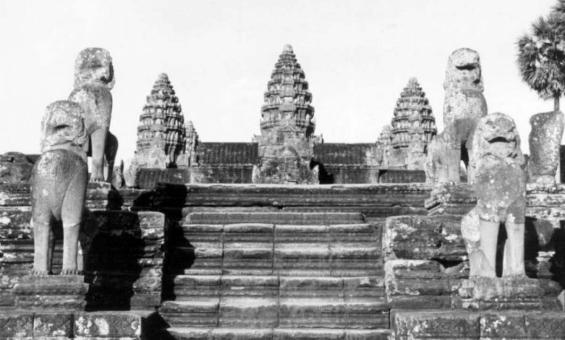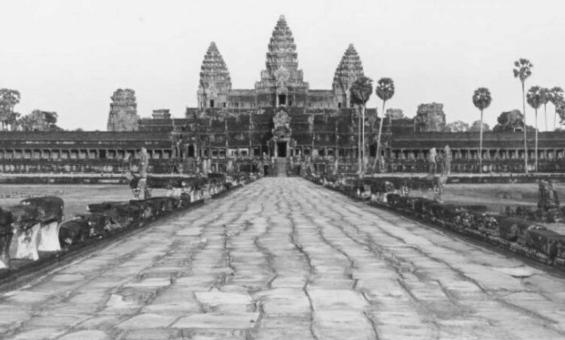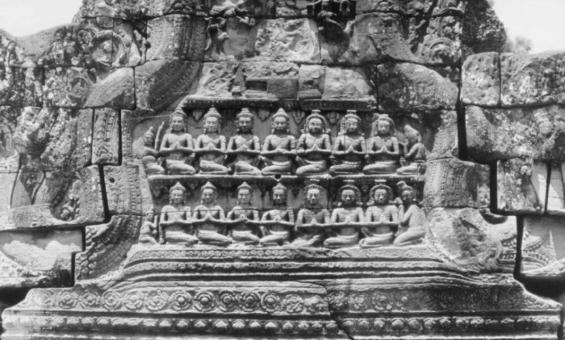Digital Classroom
Explore Australia's history at the National Library's Digital Classroom, aligned with the Australian Curriculum. With over 10 million items, we support diverse learning styles, fostering inquiry-based learning for students to analyse sources and draw conclusions about the Australian story.

Yves Coffin, [Angkor Wat, perron of main temple and sculptures], nla.gov.au/nla.obj-140376052

Yves Coffin, [Angkor Wat, view of main temple from western side], nla.gov.au/nla.obj-140376204

Yves Coffin, [Banteay Kdei, pediment], nla.gov.au/nla.obj-140372605